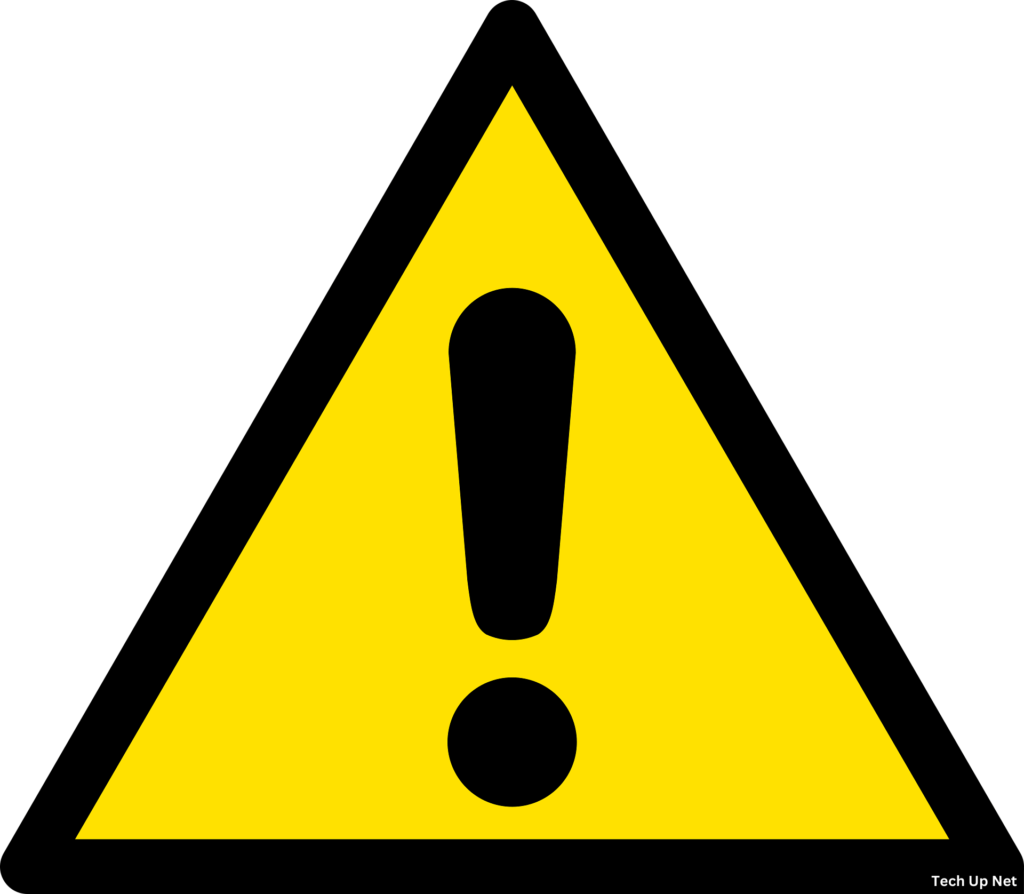Introduction
Social media has revolutionized the manner we connect, percentage, and communicate. However, because it integrates deeper into everyday life, worries about its effect on intellectual fitness, specifically many of the teens, have surged. These days, the USA health practitioner standard has recommended the want for warning labels on social media platforms to alert customers to the potential dangers. This text delves into why these caution labels are being taken into consideration and what they might entail.
The Rise of Social Media
A Brief History of Social Media
Social media commenced as a way for humans to attach on-line, but it has unexpectedly advanced right into a dominant force in current society. Platforms like fb, Instagram, Twitter, and TikTok now boast billions of users globally.
Adolescents and Social Media
Teenagers and teens are many of the most active social media customers. They use these structures for enjoyment, conversation, and self-expression, however this consistent engagement increases several issues.
The intellectual fitness disaster
Increasing mental health issues
Research has proven a full-size rise in intellectual fitness problems for many of the adolescents, including tension, despair, and loneliness. Specialists accept as true that the pervasive use of social media is a contributing factor.
Social Media and shallowness
Constant exposure to idealized photographs and existence on social media can negatively have an effect on self-esteem and body image, especially among young adults.
Why Warning Labels?
Drawing Parallels to Other Industries
The idea of caution labels is not new. Industries like tobacco and alcohol have long been required to display fitness warnings. The concept is to offer customers facts about potential risks, letting them make informed selections.
Ability benefits of warning Labels
Caution labels on social media could serve as a reminder of the ability of intellectual fitness risks, encouraging users to interact extra mindfully and restricting their exposure.

What Could Warning Labels Look Like?
Designing powerful Warnings
Effective warning labels want to be clear, concise, and substantial. They ought to provide straightforward facts about the risks of excessive social media use.
Examples of Possible Warnings
Warnings might include statements like “Excessive social media use can contribute to anxiety and depression” or “Remember to take breaks and engage in real-life activities.”
Implementing Warning Labels
Challenges and Considerations
Imposing warning labels on social media isn’t always without demanding situations. It requires cooperation from tech corporations and ought to be done in a way that is powerful without being intrusive.
Collaboration with Tech agencies
The success of this initiative hinges on the willingness of social media corporations to collaborate. They would need to comprise those warnings into their platforms in a user-friendly manner.
Conclusion
As social media continues to play a giant function inside the lives of young humans, addressing its potential intellectual health impacts is essential. Warning labels can be a step within the proper direction, assisting users to be more aware of the dangers and inspiring healthier on-line conduct.
FAQs
1. What induced American doctors to signify caution labels for social media?
The growing evidence linking social media use to intellectual fitness issues amongst kids precipitated america health care provider trendy to indicate this degree.
2. How might warning labels on social media look?
Warning labels may want to encompass clear, concise statements about the risks of excessive social media use, just like those located on tobacco and alcohol merchandise.
3. Are there any modern examples of social media systems that use caution labels?
As of now, no important social media structures use caution labels especially for intellectual health risks, but some platforms do provide trendy well-being tips.
4. What are some capability benefits of social media caution labels?
Ability advantages consist of extended cognizance of mental health risks, greater aware social media use, and a discount in negative intellectual fitness consequences.
5. How can users lessen the terrible effects of social media on their mental health?
Customers can lessen poor impacts by way of setting time limits, taking normal breaks, conducting offline sports, and curating their feed to encompass wonderful and supportive content material.
Stay in touch to get more information on Tech Up Net! Thank you
